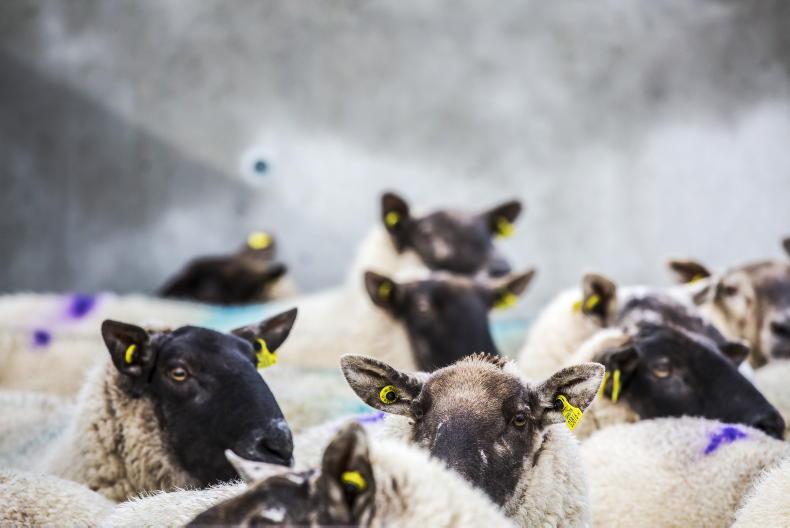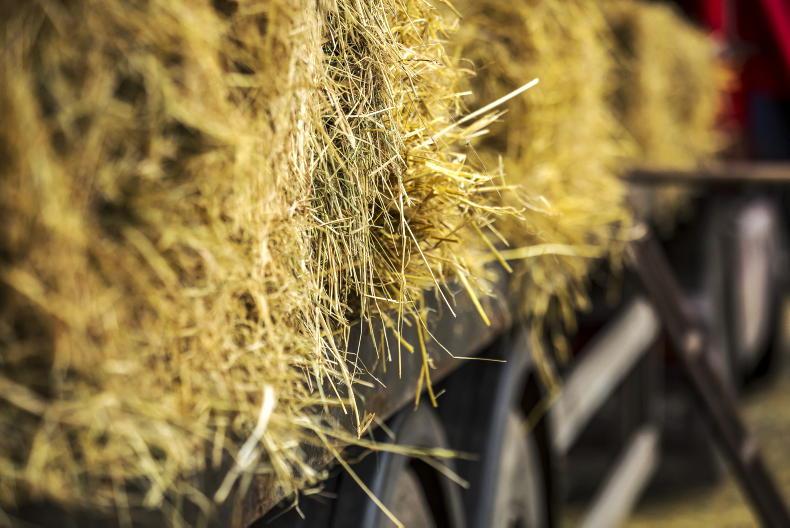With the UK having released its negotiating position as well as the EU, the scene is set for the first round of negotiations on a future trading relationship between the UK and EU next week.
This will take effect from the end of this year, as the UK has said that it will not extend the negotiation or transition period despite the facility being in place to do so.
The first round kicks off in Brussels next week and a second round will follow in London in two weeks’ time.
The ambition is to conclude negotiations by the middle of the year, which is extremely ambitious, so that the ratification process can be completed by 31 December.
Atypical negotiation
The EU has been involved in trade negotiations for decades and several deals have been brought to a conclusion.
However, this is a unique negotiation, in that all previous negotiations were about the EU and the negotiating partner coming closer together, whereas this time it is about unravelling the closest possible relationship with a former member of the single market.

The UK also published its negotiating position this week and there is little in common with the EU position.
The EU and UK are poles apart in their starting position and if these are held on to, then there won’t be a deal.
That, for Irish farmers, is the worst possible outcome, because trade would default to WTO terms and full WTO tariffs, which would cripple Irish beef sales to Britain by adding €3.03/kg plus 12.8% of the value.
Alternatively, the UK could declare its own tariff rates, as it suggested this time last year ahead of the first Brexit deadline.
This would have imposed full WTO tariffs on sheepmeat imports and reduced tariffs on dairy and very little tariff on pigmeat.
On beef, the UK proposed creating a 230,000t zero-tariff quota, which would be available to all-comers.
The effect of this would be devaluation of the UK market for Irish and British suppliers alike.
Standards as important as tariffs
As well as the tariff issue, there is also the issue of inspections at the point of entry to ensure compliance between the UK and EU on standards.
In this case, the greater the divergence between UK and EU standards, the greater the level of inspection that is required.
For example, in the EU single market since 1993, there has been no inspections on produce moving between members.
Where the EU has a comprehensive trade agreement, as with Canada, there are still inspections, but at a reduced level. For third countries, as the UK now is, without a specific agreement, there are significantly more inspections.
Divergence is going to happen
What is certain now, unlike last year, there is no possibility of maintaining the status quo, because the UK is no longer a member and won’t be re-joining anytime soon.
From a trade perspective, it is now a case of hoping that damage is limited, with a very close trading relationship.
This requires the UK accepting several EU controls, which it appears reluctant to do.
In particular, there is the issue of the future trade relationship between the UK and US. If the UK accepts US standards, and they haven’t ruled this out, then the gap between the UK and EU will be extremely wide and there will, at most, be a very limited agreement with highest levels of checks.
First among equals threat to farmers
Farmers have had a horrendous year with prices and now have the threat of the coronavirus disrupting trade. If that wasn’t enough, there is also an issue with flooding in many parts of the country.
However, against this background, Tánaiste and former agriculture minister Simon Coveney warned that Brexit remained the highest threat facing Irish agriculture this year. There is nothing in the stated opening positions of the EU and UK ahead of talks to contradict this view.
Read more
No new laws on import standards
Ireland needs a Brexit breakdown contingency plan
With the UK having released its negotiating position as well as the EU, the scene is set for the first round of negotiations on a future trading relationship between the UK and EU next week.
This will take effect from the end of this year, as the UK has said that it will not extend the negotiation or transition period despite the facility being in place to do so.
The first round kicks off in Brussels next week and a second round will follow in London in two weeks’ time.
The ambition is to conclude negotiations by the middle of the year, which is extremely ambitious, so that the ratification process can be completed by 31 December.
Atypical negotiation
The EU has been involved in trade negotiations for decades and several deals have been brought to a conclusion.
However, this is a unique negotiation, in that all previous negotiations were about the EU and the negotiating partner coming closer together, whereas this time it is about unravelling the closest possible relationship with a former member of the single market.

The UK also published its negotiating position this week and there is little in common with the EU position.
The EU and UK are poles apart in their starting position and if these are held on to, then there won’t be a deal.
That, for Irish farmers, is the worst possible outcome, because trade would default to WTO terms and full WTO tariffs, which would cripple Irish beef sales to Britain by adding €3.03/kg plus 12.8% of the value.
Alternatively, the UK could declare its own tariff rates, as it suggested this time last year ahead of the first Brexit deadline.
This would have imposed full WTO tariffs on sheepmeat imports and reduced tariffs on dairy and very little tariff on pigmeat.
On beef, the UK proposed creating a 230,000t zero-tariff quota, which would be available to all-comers.
The effect of this would be devaluation of the UK market for Irish and British suppliers alike.
Standards as important as tariffs
As well as the tariff issue, there is also the issue of inspections at the point of entry to ensure compliance between the UK and EU on standards.
In this case, the greater the divergence between UK and EU standards, the greater the level of inspection that is required.
For example, in the EU single market since 1993, there has been no inspections on produce moving between members.
Where the EU has a comprehensive trade agreement, as with Canada, there are still inspections, but at a reduced level. For third countries, as the UK now is, without a specific agreement, there are significantly more inspections.
Divergence is going to happen
What is certain now, unlike last year, there is no possibility of maintaining the status quo, because the UK is no longer a member and won’t be re-joining anytime soon.
From a trade perspective, it is now a case of hoping that damage is limited, with a very close trading relationship.
This requires the UK accepting several EU controls, which it appears reluctant to do.
In particular, there is the issue of the future trade relationship between the UK and US. If the UK accepts US standards, and they haven’t ruled this out, then the gap between the UK and EU will be extremely wide and there will, at most, be a very limited agreement with highest levels of checks.
First among equals threat to farmers
Farmers have had a horrendous year with prices and now have the threat of the coronavirus disrupting trade. If that wasn’t enough, there is also an issue with flooding in many parts of the country.
However, against this background, Tánaiste and former agriculture minister Simon Coveney warned that Brexit remained the highest threat facing Irish agriculture this year. There is nothing in the stated opening positions of the EU and UK ahead of talks to contradict this view.
Read more
No new laws on import standards
Ireland needs a Brexit breakdown contingency plan










SHARING OPTIONS